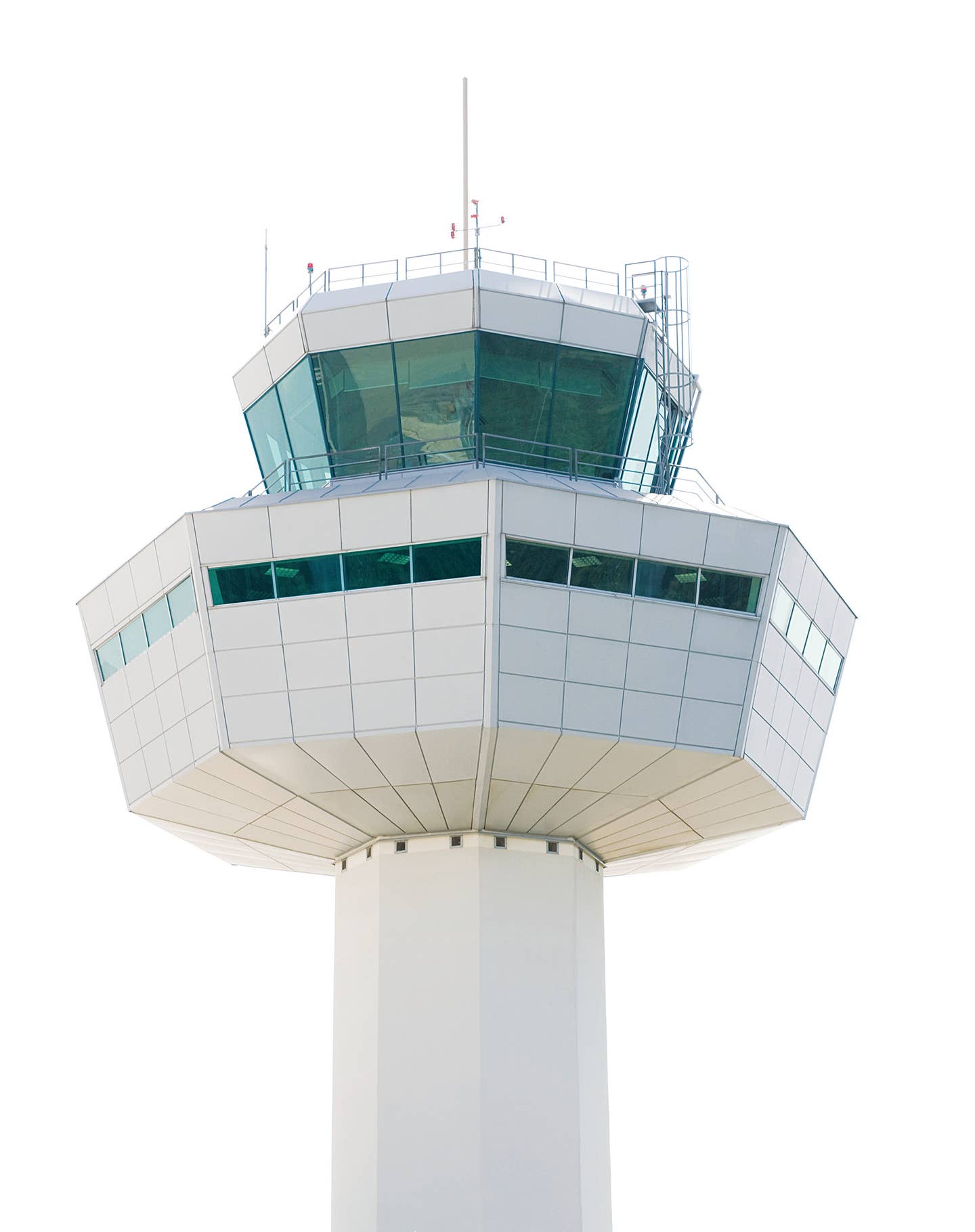
What do you do if you lose contact with ATC? iStock
In VFR Conditions:
Squawk — 7600
Continue flight VFR at a VFR altitude (even in Class A airspace) and land as soon as practicable at the nearest suitable airport.
Do not continue to your destination if there is a suitable airport for you to land at unless you're just minutes from your original destination. Flying another 30 minutes after losing the radios and passing several suitable airports in VFR conditions along the way would probably not be considered "only minutes short of your intended destination." Use good judgment (AIM 6-4-1). And remember, the quality of your judgment will be judged when you land.
In IMC:
Squawk — 7600
Route:
Last assigned; or
If being radar vectored, direct to the fix, route or airway specified in the vector clearance; or
In the absence of an assigned route, choose a route that ATC has advised may be expected in a further clearance; or
In the absence of an assigned route or a route that ATC has advised to be expected in a further clearance, go by the route filed in the flight plan.
- Altitude — Highest of:
Last assigned; or
Minimum en-route altitude (MEA); or
Altitude you were told to expect
When You Can Descend for Approach:
If you've been cleared to your destination, which is the case 99 percent of the time (unless you've been given holding instructions with an expect further clearance time), then your destination is your clearance limit. Upon arrival at your destination, proceed to a fix from which an approach begins, and commence descent and approach "as close as possible to your ETA."
If you are early, reg 91.185(c)(3)(ii) says: "If the clearance limit is not a fix from which an approach begins [the airport in this scenario], leave the clearance limit at the EFC time if one has been received or, if none has been received, upon arrival over the clearance limit (the airport), and proceed to a fix from which an approach begins and commence descent, or descent and approach, as close as possible to the estimated time of arrival as calculated from the filed or amended (with ATC) estimated time en route."
AIM 6-4-1 a: "It is virtually impossible to provide regulations and procedures applicable to all possible situations associated with two-way radio communications failure. During two-way radio communications failure, when confronted by a situation not covered in the regulation, pilots are expected to exercise good judgment in whatever action they elect to take. Should the situation so dictate, they should not be reluctant to use the emergency action contained in 14 CFR Section 91.3(b)."
No one's going to be looking at a stopwatch to see if you dare to start down 10 minutes early. ATC does not want you flying around in circles while it's diverting traffic all over the place to avoid a conflict. So when you reach an IAF of your choice at your destination, it's usually the best plan to consider that time "as close as possible to your ETA" and use your emergency authority to start your descent and land.
Losing communications in hard IFR can most certainly be considered an emergency situation. Again, use good judgment as encouraged in AIM 6-4-1. The controllers have essentially closed the airport and are clearing all traffic away from you, which is annoying a whole lot of people; 99.9 percent of the time they can see you clearly on radar. What they don't know is what you're going to do next. Get the darn thing on the ground as soon as possible so everyone else can get back to work.
If Communication Is Lost in a Holding Pattern:
If holding at a fix that is an IAF, start descent and approach at the EFC time.
If no EFC time is given, start descent at the ETA (or the ETE as amended with ATC).
If holding at a fix that is not an IAF, leave holding at the EFC time or, if none has been received, upon arrival over the fix.
Then proceed to an IAF and commence descent and approach as close as possible to the ETA filed or the ETE as amended with ATC.
Total Electrical Failure in IMC Conditions:
Climb or descend to a VFR altitude and proceed to VFR conditions.
You do know where the nearest VFR is, don't you? You do have enough gas to get there, don't you?
Good luck!
FAA regulations could change at any time. Please refer to current FARs to ensure you are legal.

Sign-up for newsletters & special offers!
Get the latest FLYING stories & special offers delivered directly to your inbox






